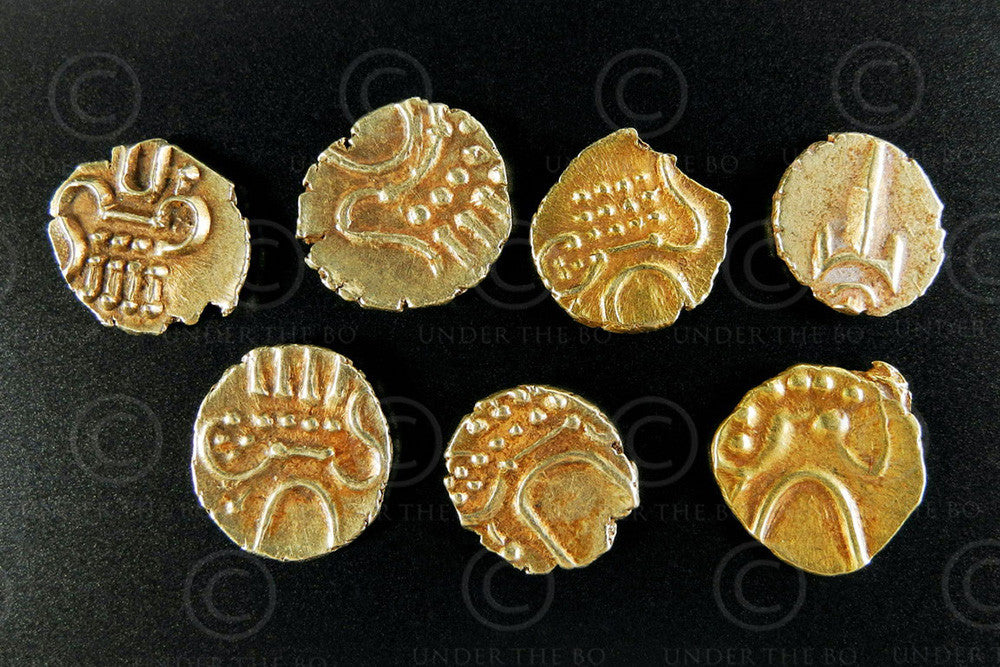When we think of Nepal today, we think of Buddhist monks living peaceful, quiet lives, endless mountain ranges, and huge snow-capped peaks. But Nepal is undoubtedly much more than that; it is a country full of variety, as has been its legal currency for centuries. In this sense, from the second half of the 17th century until 1932, the mohar was the main currency of the Nepalese monetary system. There were both gold and silver mohars, which were in turn divided into 128 dams, another legal tender, which could also be issued in copper. Similarly, 4 dams were equivalent to one paisa.
This situation, with the values of copper, silver and gold not being relative to one another, was not resolved until 1903, when the silver mohar was established as the base currency of the system, divided in turn into 50 paisa.
A tiny coin
Another coin that circulated in Nepal from the mid-18th century, specifically from 1740, is the Nepalese Jawa, considered by the Guinness Book of Records to be the smallest coin in the world, measuring two by two millimeters and weighing just 0.010 grams.
The fact is that this tiny coin, like the mohar and the dam, disappeared in 1932, when the Nepalese rupee, also known as the mohru, became the country's official currency, controlled by the Central Bank of Nepal.
In this regard, it is worth noting, for those who wish to satisfy their curiosity or intend to travel to this Asian country, that the Nepalese rupee is divided into 100 paisas, a currency that still survives, with the symbol Rs or Rp.
From conquest to conquest
As with most Eastern countries, the history of Nepal is a history of conquests. Thus, the Indian emperor Asoka ruled a vast territory that included the north of present-day India and the southern Nepalese region of Terai in the 1st century BC, a Buddhist empire that fell in 200 AD to new Hindu fiefdoms such as the Licchavi dynasty.
Later, in the 10th century AD, the Thakuri dynasty took power, which then passed to the Malla dynasty, which ruled the country until the 18th century, when King Gorkha made Kathmandu the capital of his new kingdom.
Be that as it may, Nepal was not immune to the colonialist hunger of the European powers during the 19th century. The country suffered a war with the British Empire that ended in 1816 with the Treaty of Sugauli, whereby Nepal ceded Sikkim and southern Terai in exchange for British withdrawal. Later, the Nepalese helped the British to quell the Sepoy Mutiny in 1857, which is why the Terai territories were returned to them.
Limited units: https://www.impacto.com/products/el-fanam-de-oro

